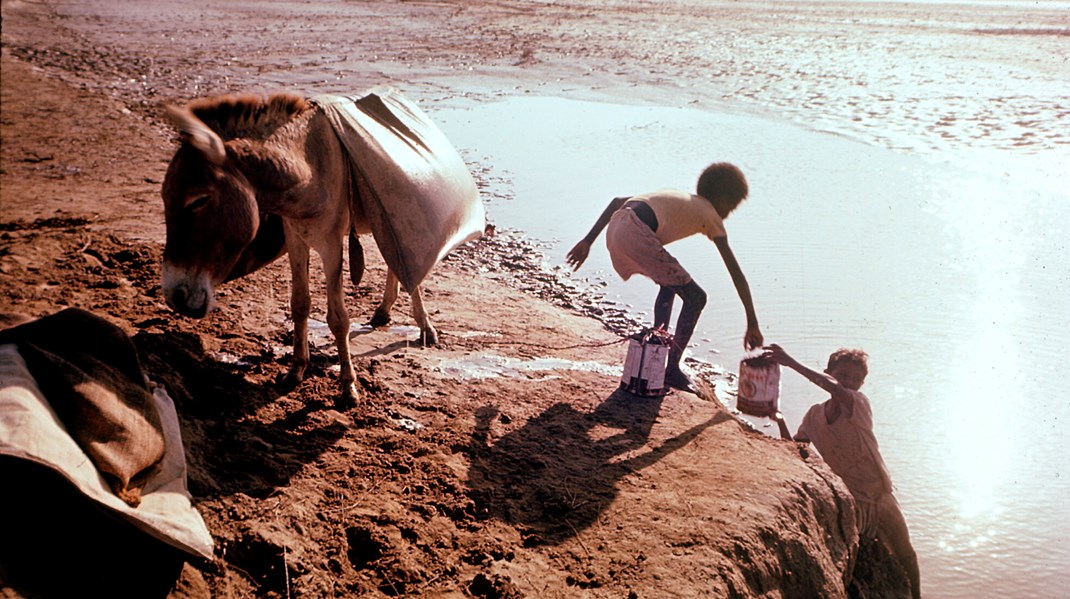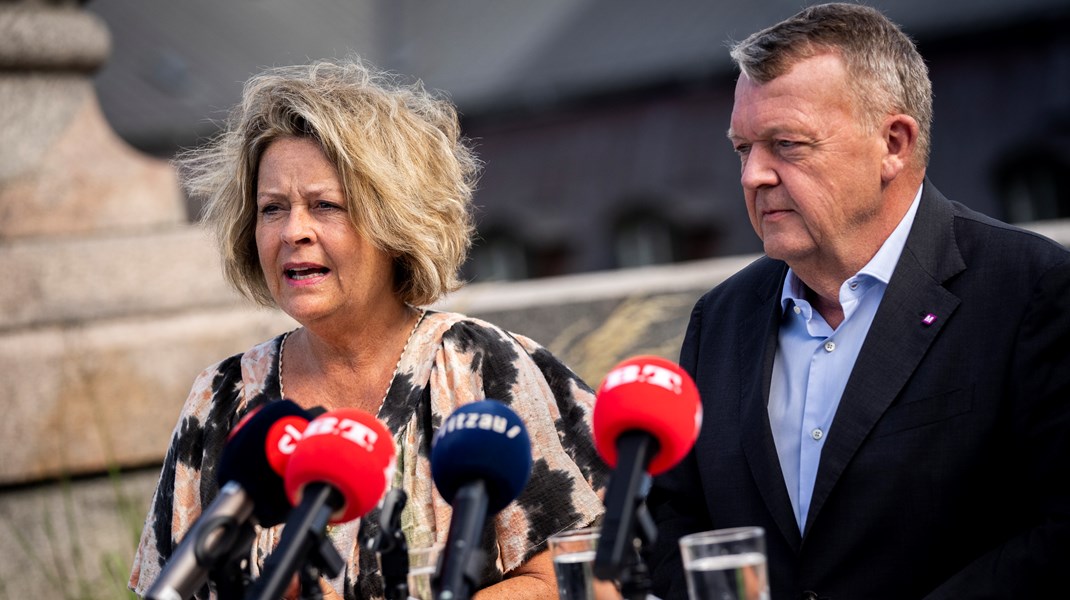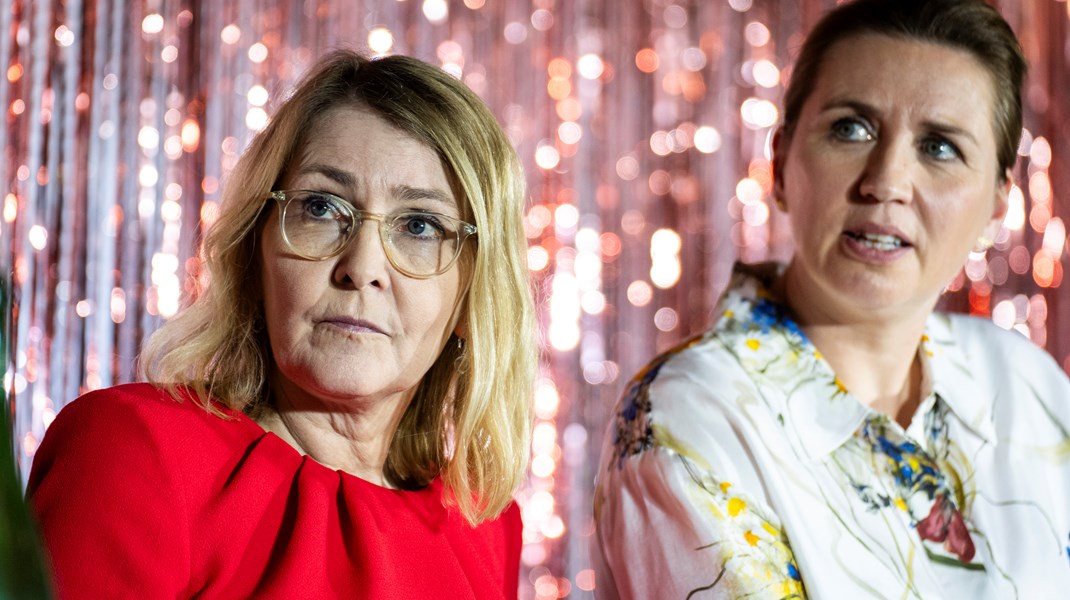New report details deep impact of armed conflict on children in Sudan
New York – A new report by the UN Secretary-General details the deep impact of armed conflict on children in the Sudan states of Darfur, South Kordofan, Blue Nile and Abyei.
“Child recruitment and use declined during the period covered by the report,” declared Leila Zerrougui, Special Representative of the Secretary-General for Children and Armed Conflict. “However, boys and girls continued to be victims of grave violations committed by all parties to the conflict, including killing and maiming, sexual violence and attacks on schools and hospitals.”
The report, covering the period from March 2011 to December 2016, is the fifth by the Secretary-General on children and armed conflict in Sudan. It is also the first report on children and armed conflict published since the independence of South Sudan and the beginning of conflict in South Kordofan and Blue Nile States.
Throughout the reporting period, access by the UN to conflict-affected areas across Darfur, South Kordofan and Blue Nile was a constant challenge and the information presented in the report might provide only a partial assessment of the actual situation of children affected by armed conflict in Sudan.
Killing and maiming
The UN verified the killing and maiming of close to 1,300 children, with a majority of child casualties (971) documented in Darfur. In all regions, the majority of child deaths and injuries were the result of hostilities between the Government and armed groups, including aerial bombardments. Unexploded ordnance of war causing child casualties was another concern.
Recruitment and use of children
Over two thirds of the 230 cases presented in the report in South Kordofan, Blue Nile and Abyei were documented in the early stages of the conflict in the “Two Areas”, with the Sudan People’s Liberation Movement/ North (SPLM/N) responsible for the majority of verified cases. Beginning in 2014, the trends illustrate a decrease in the number of cases, albeit with the new concern of cross-border recruitment and use of children by Sudanese and South Sudanese groups, notably the SPLM/N, Sudan People’s Liberation Army-in Opposition and Justice (SPLA-iO) and Equality Movement (JEM).
In Darfur, a total of 105 cases of recruitment and use of children were documented. Attributing responsibility for these cases was not always possible, but approximately half of the cases were attributed to Government forces. There was a constant decrease in the number of children recruited and used during the reporting period, with only one case verified in 2016.
Sexual violence against children
Rape and sexual violence were a major concern in Darfur, with 372 child victims affected throughout the reporting period. In most cases, children were raped during attacks on their villages or while getting wood or water in the vicinity of camps for displaced people.
Progress, engagement with parties to conflict and Action Plans
The Government of Sudan strengthened the national framework for the protection of children and promoted accountability by enacting laws to raise the age of recruitment into the national forces to 18. Provisions were also added to the criminal code to sanction child recruitment and use and to ensure that children associated with armed forces and groups are treated primarily as victims, in line with the Paris Principles, endorsed by Sudan. Offenses related to sexual violence have also been criminalized and a number of perpetrators of rape against children have been prosecuted and sentenced.
Three Action Plans were signed with the United Nations during the reporting period. In March 2016, the Government signed an Action Plan to protect children from violations by which it committed to end and prevent child recruitment and use. Implementation has been going apace. The SPLM/N signed an Action Plan in November 2016, as well as JEM in September 2012. Engagement with other parties to conflict is ongoing.
“I encourage the Government to continue to work swiftly to fully implement this Action Plan, and to consider the strengthening of birth registration in conflict-affected areas as a priority to establish efficient age verification mechanisms as a prevention measure,” said Leila Zerrougui. “I also urge all other parties to conflict to take concrete measures to fully implement or to develop new commitments with the United Nations to protect children.”
The Special Representative concluded by calling for unrestricted access to all conflict-areas for the UN to ensure adequate monitoring and reporting, monitor compliance in the implementation of Action Plans and to facilitate the delivery of lifesaving humanitarian assistance to thousands of children.
For more information please contact:
Stephanie Tremblay – Communications Officer Office of the Special Representative for Children and Armed Conflict Tel: +1 212 963-8285 Mobile: +1 917 288-5791 [email protected]
Follow us on Twitter and Facebook: www.twitter.com/childreninwar www.facebook.com/childrenandarmedconflict Use the hashtag: #ChildrenNotSoldiers
Read the Report of the Secretary-General on children and armed conflict in Sudan
Click here to save this press release as a PDF.


